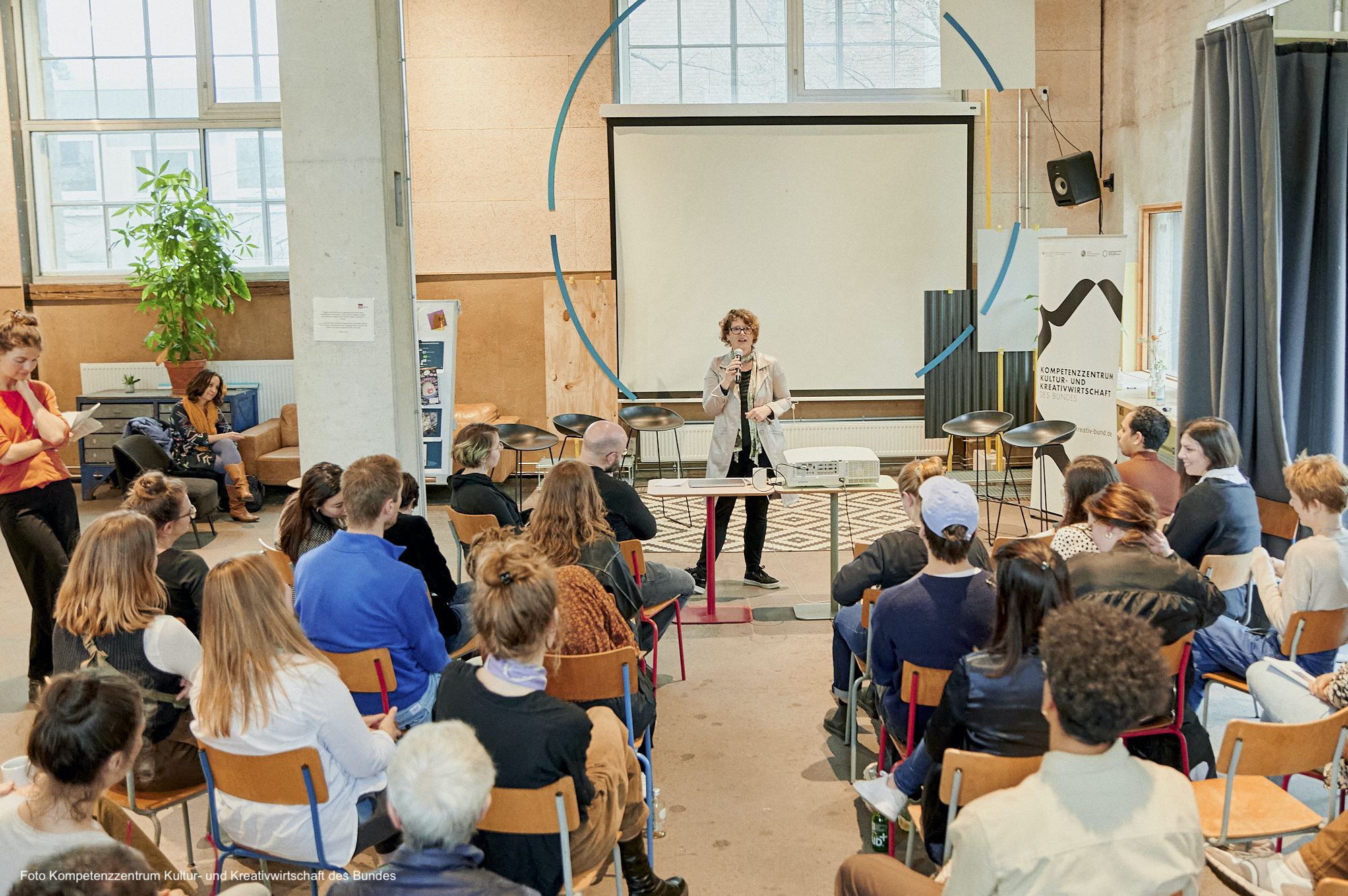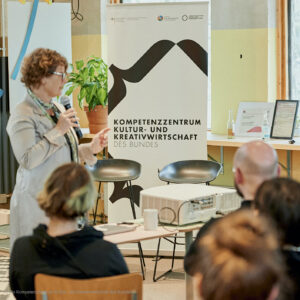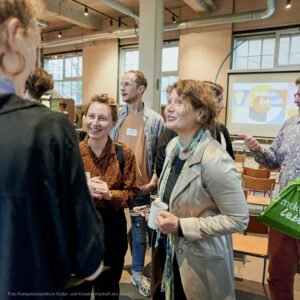
04.2024 Business between morals and interests
Imagine you are on a journey into the future. And at the moment you can see nothing more than the road you are traveling on and the crash barriers to the left and right of your path. You can also look behind you and see what the path you have already left behind you looks like. How do you feel about that?
 People who have enjoyed traveling in Scandinavia or Canada, perhaps even on Route 66 through America, can well imagine this. They follow an idea of experiencing a journey full of adventure and at the same time having freedom in their decisions. Who wouldn’t like that? The mindset of many start-up project participants can be described well with this metaphor. Attributes such as risk and danger are less common in this illusion of adventure. Nevertheless, assessing dangers is the essence of good travel preparation. However, this also applies to every journey in an innovation project, especially if they are circular.
People who have enjoyed traveling in Scandinavia or Canada, perhaps even on Route 66 through America, can well imagine this. They follow an idea of experiencing a journey full of adventure and at the same time having freedom in their decisions. Who wouldn’t like that? The mindset of many start-up project participants can be described well with this metaphor. Attributes such as risk and danger are less common in this illusion of adventure. Nevertheless, assessing dangers is the essence of good travel preparation. However, this also applies to every journey in an innovation project, especially if they are circular.
The Competence Center for the Creative Industries of the federal government in Berlin has identified 5 risky projects from more than 100 applications. Over the past few months, they have had the opportunity to further develop their prototyping and challenges in an accompanied form. We met at the Impact Hub in Berlin Neu-Kölln to look over their shoulders. As a member of the jury, I was also asked to provide the future entrepreneurs with inspiration for their future work and to show them how they can minimize risks and seize opportunities so that their journey into the future is safe.
You can find the Risky Projects here.
Complexity is a challenge
Actors who set out to create projects in an economy of cycles take longer paths than the simple invention of linear products requires. After all, organizing external effects is not a trivial matter, but above all a complex one. I would like to go into this in more detail, because in this agile world it is important to keep your bearings, otherwise the journey described above will come to nothing.
So first a few words about complexity, which we are not trained to deal with and yet we are given all the characteristics by nature to deal with it. The complexity is huge simply because of the diversity of materials, liquids and gases that are permitted in our economic cycles and are combined in the value chain. Over 2000 substances are registered in the European Chemicals Registration and Authorization Agency REACH, and each of these substances can be combined with others to create a product.
The complexity is further compounded by interests. And the interests in terms of sustainability are also diverse. The 17 sustainability goals alone give us an agenda of interests to consider, which already lists around 2.400 KPIs (Key Progress Indicators). And each of these indicators can theoretically be jeopardized by an activity.
How can players even keep their bearings here?
My tip: stick to the metaphor of the journey on the road.
 The left-hand side of the guard rails is the moral field of the circular economy, which consists of its principles and strategies. These include the cradle-to-cradle principle, the RE strategies (Reuse, Refurbish, Repair, Recycle), the RESOLVE principle (RE strategies + Solve + Optimise (Effectiveness) + Close the Loop + Virtualize + Exchange).
The left-hand side of the guard rails is the moral field of the circular economy, which consists of its principles and strategies. These include the cradle-to-cradle principle, the RE strategies (Reuse, Refurbish, Repair, Recycle), the RESOLVE principle (RE strategies + Solve + Optimise (Effectiveness) + Close the Loop + Virtualize + Exchange).
On the right-hand side of the guard rails are the 17 sustainability targets and their 2,400 KPIs, as adopted in October 2023 in accordance with the EU Commission’s ESRS (Environmental Social Regulation Standards).
The intersection, in a sense the synergy to be identified, is the impact that a risky project defines for itself. This consists of the problem described and the solution to it. The demarcation to morals and interests is and remains the definition of the price of one’s own actions in every project. There is no project without an environmental impact. Everything has an impact. In essence, however, a negative impact should be prevented and existing negative characteristics reduced, and in the best case a positive impact developed. This is a matter of decision. The decision is made by the project participants and investors themselves. Everyone knows that it is possible to choose a path with a negative environmental impact. How can a course of sustainability be maintained?
My questions to the innovators and their companions are therefore always aimed at two main points, which they can use to answer this question themselves:
- have risks been sufficiently identified? Was there a sufficient scan from the perspective of the stakeholders of the entire value chain to recognize the interests of the competition, established linear players in the market, politics or science?
- what are the main barriers that need to be overcome?
The answers to these questions are the navigation on the road to a circular future.